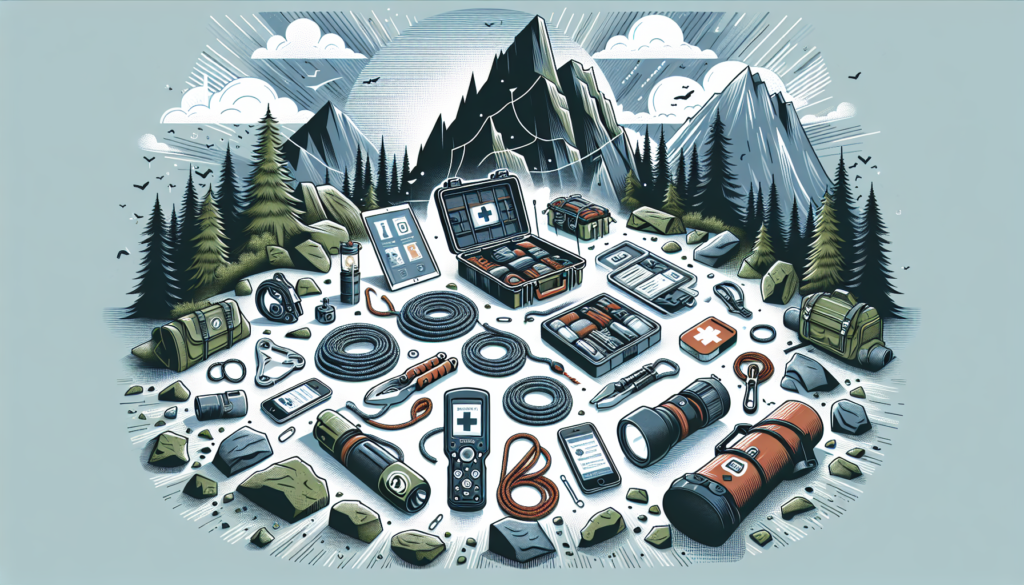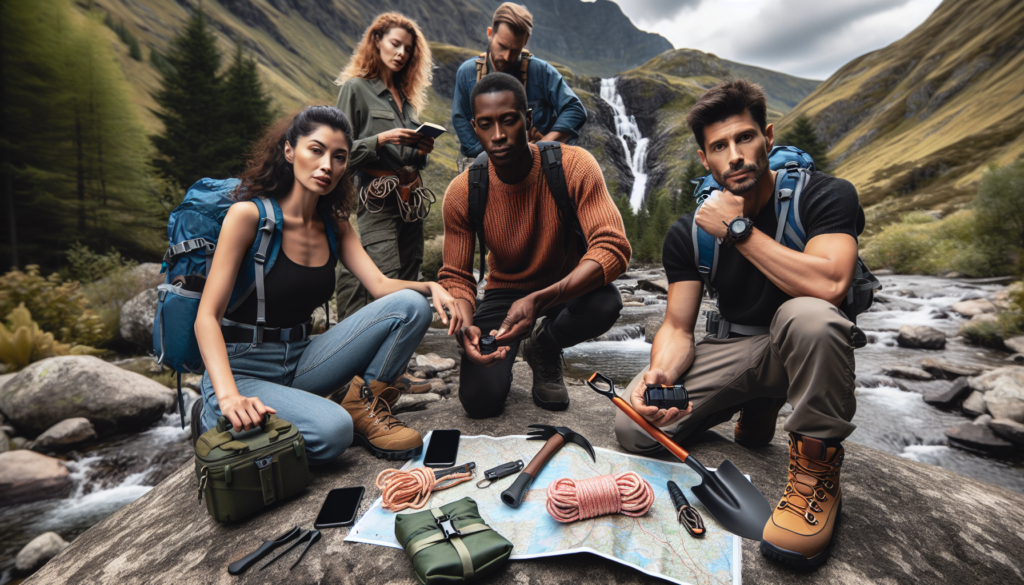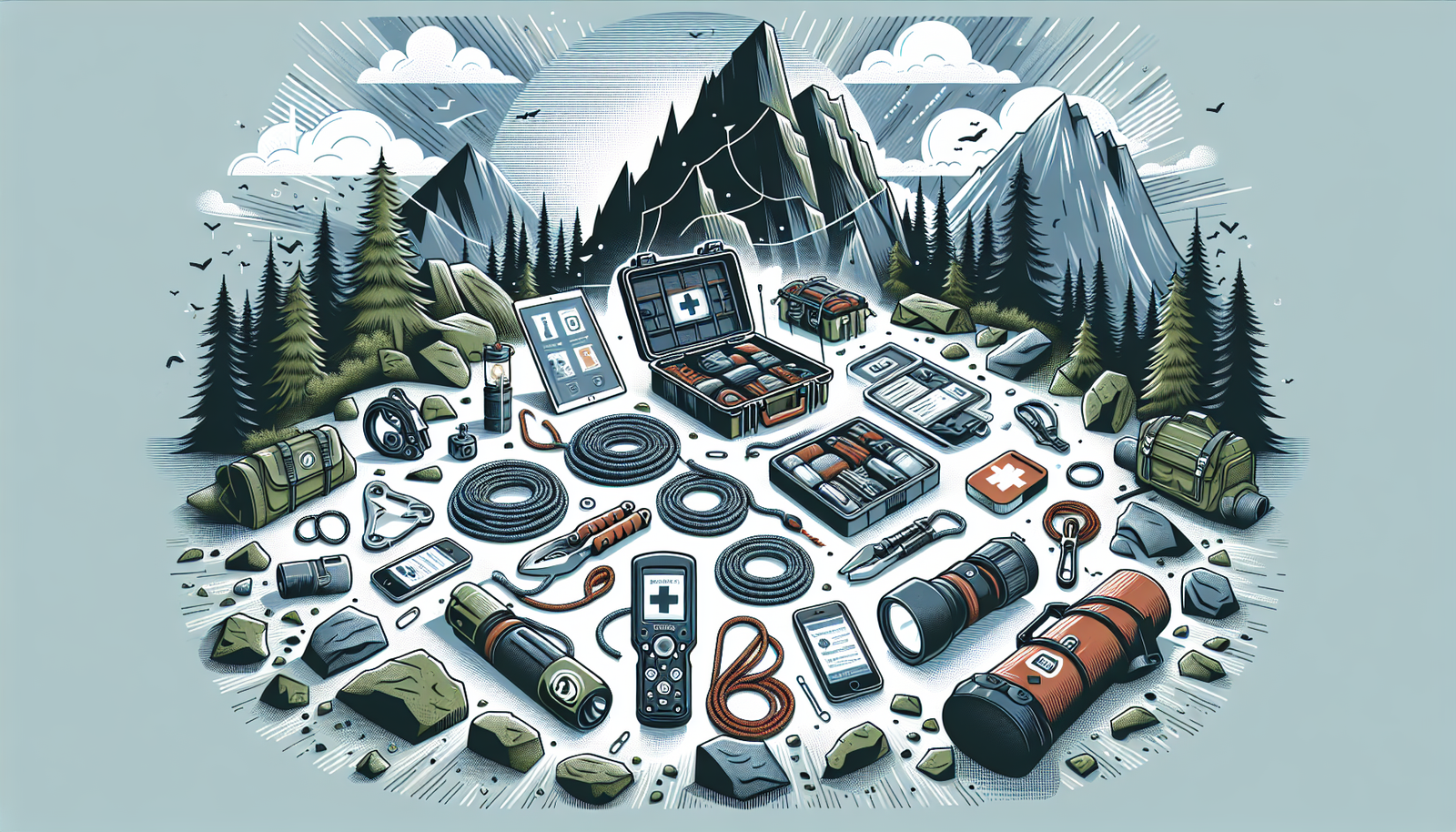When it comes to off-roading or adventure sports, it’s important to be prepared for any situation that might come your way. And that’s where recovery equipment comes in. From muddy trails to a flat tire in the middle of nowhere, having the right gear on hand can make all the difference. So, what kind of recovery equipment should you carry? In this article, we’ll explore the must-have tools and gear that every adventurer should have in their arsenal, ensuring a safe and stress-free journey.
Introduction
Importance of Carrying Recovery Equipment
Hey there! So you’ve decided to embark on some exciting off-roading adventures, huh? That’s fantastic! Off-roading is an adrenaline-pumping activity that allows you to explore the great outdoors in a whole new way. But before you hit the trails, it’s essential to equip yourself with the right recovery equipment. Whether you’re a beginner or an experienced off-roader, having the proper tools can make all the difference when you encounter unexpected challenges on your off-road journey.
Essential Recovery Equipment
Off-Road Jack
One of the most crucial pieces of recovery equipment you should always have with you is an off-road jack. This sturdy and versatile tool is a lifesaver when you find yourself stuck in mud, sand, or any other tricky terrain. An off-road jack can elevate your vehicle to provide that much-needed clearance when attempting to free your wheels from potentially treacherous situations. Look for a jack with a high weight capacity and a wide base for stability.
Recovery Straps and Tow Hooks
Recovery straps and tow hooks are like a dynamic duo in the world of off-roading. They work in tandem to help your vehicle get out of tight spots or assist others in need. Recovery straps, made of nylon or polyester, are designed to stretch and provide a bit of elasticity, which can absorb shock and prevent abrupt jerks during recovery. Tow hooks, on the other hand, are essential for attaching the recovery straps securely to your vehicle or to the vehicle you’re helping out.
Winch
A winch is undoubtedly one of the most powerful recovery tools you can have in your arsenal. This motorized device uses a cable or rope to pull your vehicle out of sticky situations with ease. Whether you’re dealing with deep mud, steep inclines, or challenging obstacles, a winch can provide the necessary pulling force to get you back on solid ground. Make sure to choose a winch with a suitable weight capacity for your vehicle and consider factors like line speed and durability too.
Shovel and Traction Mats
When it comes to recovery equipment, don’t underestimate the power of a shovel and traction mats. The humble shovel can be incredibly handy for digging out mud, snow, or rocks that are hindering your vehicle’s progress. Traction mats, on the other hand, provide a reliable surface for your tires to grip onto when you’re stuck in slippery or uneven terrain. Both of these items are lightweight, easy to store, and can make a world of difference when it comes to self-recovery.
Tire Repair Kit
Flat tires are an unfortunate reality of off-roading. That’s why it’s essential to carry a reliable tire repair kit with you at all times. These kits typically include items like tire plugs, patches, a tire gauge, and a portable air compressor. They allow you to quickly address punctures or leaks and inflate your tires, ensuring that you can continue your off-road expedition without any major setbacks. A tire repair kit can be a real game-changer in remote or challenging off-road locations.

Additional Recovery Equipment
Snatch Blocks
Snatch blocks are nifty tools that can significantly increase the pulling power of your winch. By redirecting the winch cable or rope through the snatch block, you effectively double the winch’s capacity. Snatch blocks are particularly handy in situations where a straight-line pull is not possible, or you need more strength to overcome obstacles. Having a snatch block in your recovery kit can provide that extra oomph needed for successful recoveries.
Exhaust Jack
An exhaust jack, also known as an air jack or a lift bag, utilizes the power of your vehicle’s exhaust gas to lift it off the ground. This inflatable device can be a game-changer when you find yourself stuck in soft sand, mud, or snow. By placing the deflated bag under your vehicle and connecting it to the exhaust pipe, the exhaust gas fills the bag, gradually lifting your vehicle and providing much-needed clearance to free yourself. Exhaust jacks are lightweight, compact, and can work wonders in tricky recovery situations.
Gloves and Safety Gear
While not directly involved in the vehicle recovery process itself, safety gear is essential when dealing with recovery equipment. Thick gloves protect your hands from sharp edges, hot surfaces, or potential injuries during recovery operations. Additionally, wearing appropriate clothing, sturdy footwear, and eye protection can safeguard you from flying debris or any unforeseen hazards. Safety should always be your top priority, so don’t forget to gear up before tackling any recovery situations.
Conclusion
Congratulations, my off-roading friend! You are now equipped with the knowledge of the essential recovery equipment you should carry on your off-road adventures. Remember, preparation is key, and having the right tools can make a world of difference when it comes to overcoming obstacles and ensuring a safe and enjoyable off-roading experience. So gear up, stay safe, and embrace the thrill of off-roading with confidence! Happy trails!


